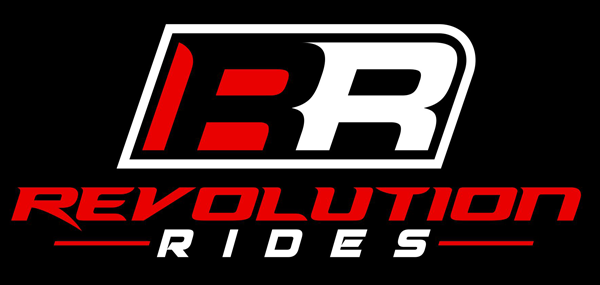Upgrades
Brakes
Why upgrade the brakes?
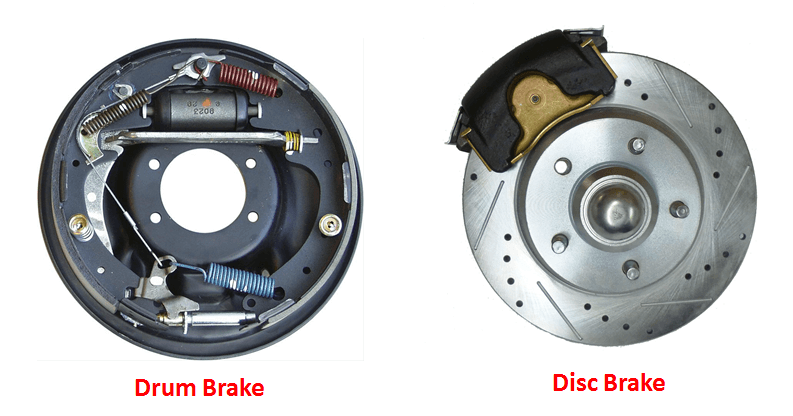
Brakes have gotten infinitely better over the years. Most brakes today are disc instead of drum which was the popular brake in to the 60’s. Disc stop better, look better and are easier to replace when they wear out.
You can go a couple directions when making the decision to convert to disc:
Option 1
Get a very affordable factory type set up conversion made specifically for your car. These kits work great and keep the cost down. Most use single piston calipers and the rotors are in the 10” to 11” range. You will likely need to change front spindles at the same time. Disc brakes usually add about an inch or so to the overall width of the front end.
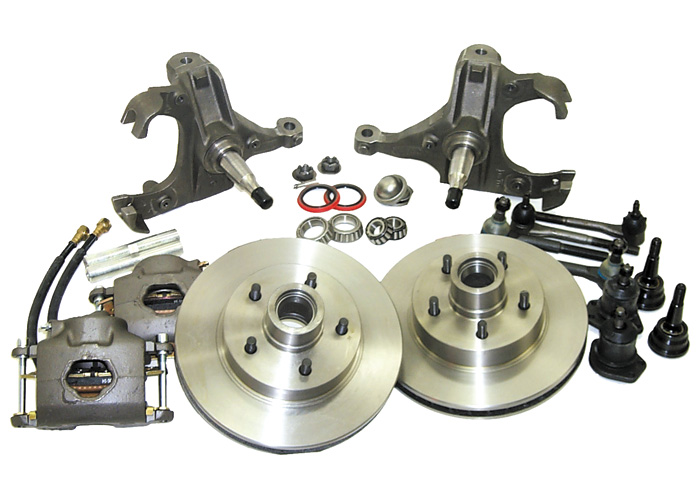
Option 2
Get a basic Wilwood, Baer or other aftermarket setup. If you are running wheels with a lot of open space, these setups really add to the appearance. Rotors start in the 11” range and go up from there. The larger the rotor, the better it looks. Painted calipers are popular and cross drilling the rotors gives it a racing look.
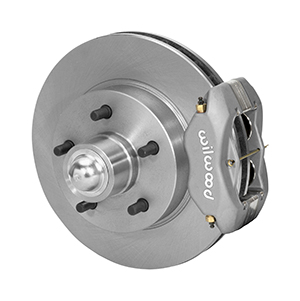
Option 3
Go all out and get the top of the line aftermarket setup. Larger diameter cross drilled 14” rotors, 4 or 6 piston calipers.
If you are building a show car and or plan on auto crossing, this is the way to go.

All of these work and the truth is any of these options should stop your vehicle just fine as long as you have “matched” components. That means the master cylinder, brake line diameter and calipers need to be sized appropriately as a system. Other factors include proportioning valve and pedal ratio. If all that is done correctly this really comes down to the look you want and the budget.
Brakes are one of those things you don’t want to do half way.
Power Brakes
Hey, we’re all used to not pushing the pedal very hard to stop. Power brakes used to be an option only. We can add power to about any vehicle. There are options for more attractive power boosters if you have a detailed engine compartment. There are even hidden options for some vehicles where the master cylinder mounts under the dash or the floor.
For those motors that don’t produce enough vacuum to run the booster, you can go with a hydraulic assist which works off the power steering pump or add a vacuum pump to power the booster. One of the newer technologies is the electric power booster.
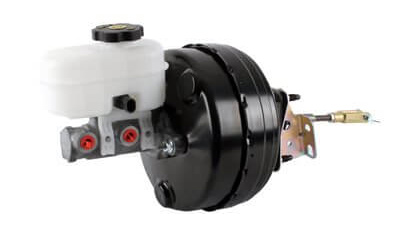
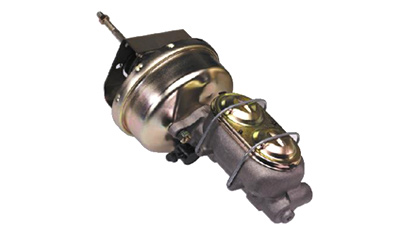
Hydraulic Assist & Electric Power Booster
For those motors that don’t produce enough vacuum to run the booster, you can go with a hydraulic assist which works off the power steering pump or add a vacuum pump to power the booster. One of the newer technologies is the electric power booster.
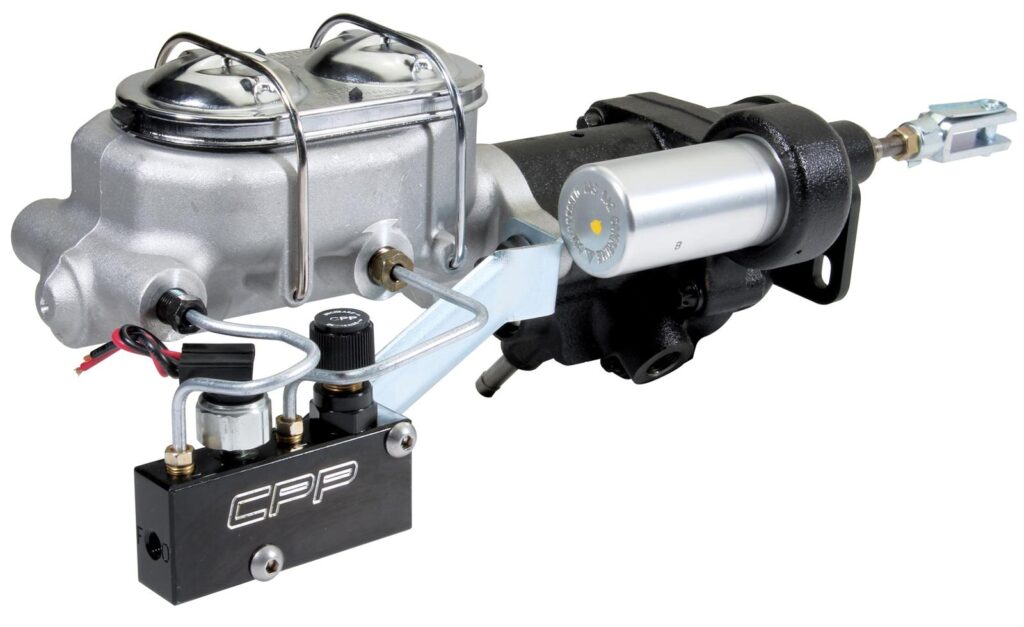
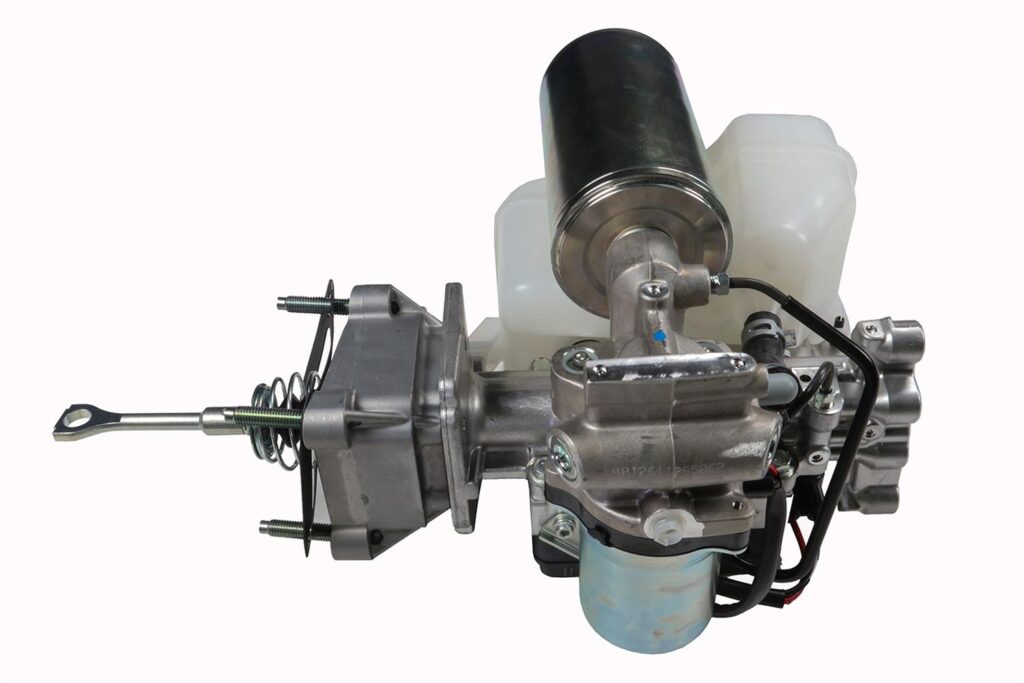
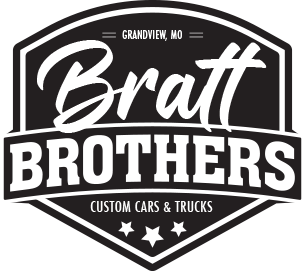
Let´s Talk Cars!
Questions about our services? Want to get a ballpark on what something will cost? Contact us to schedule a free consultation.
